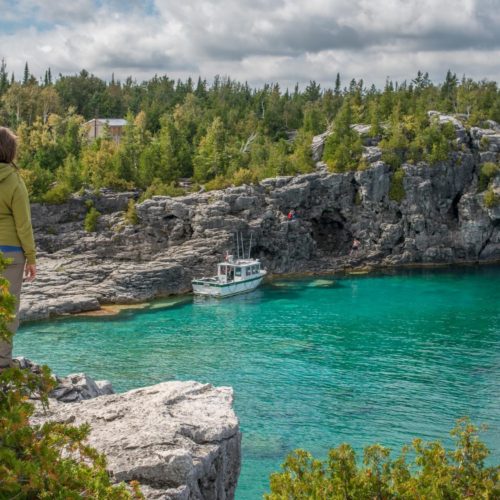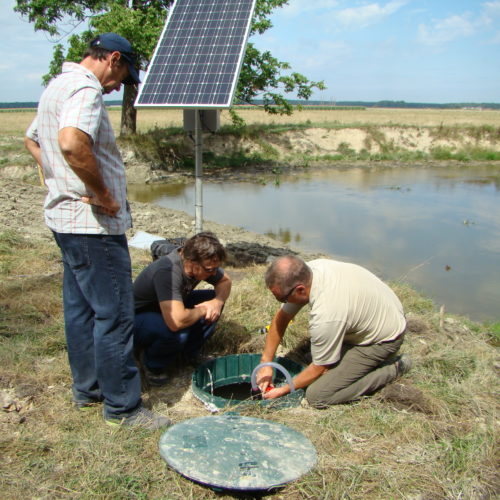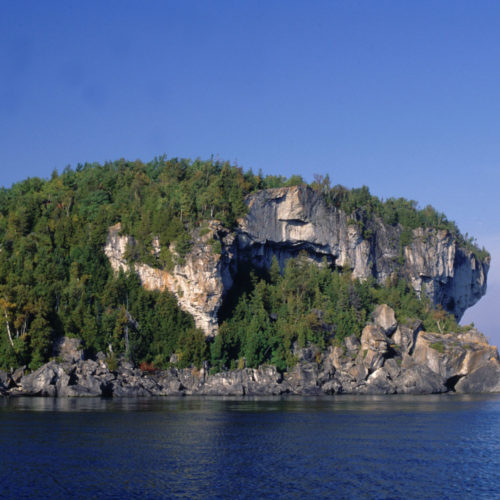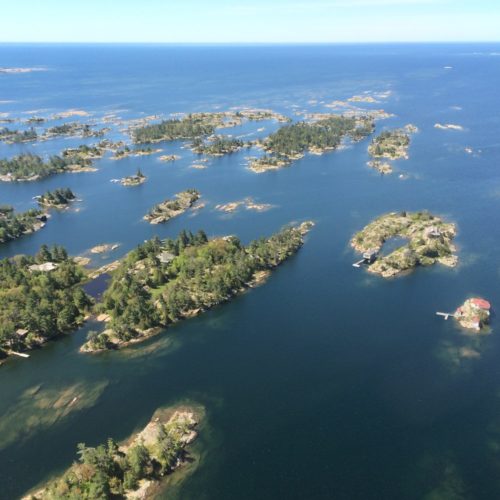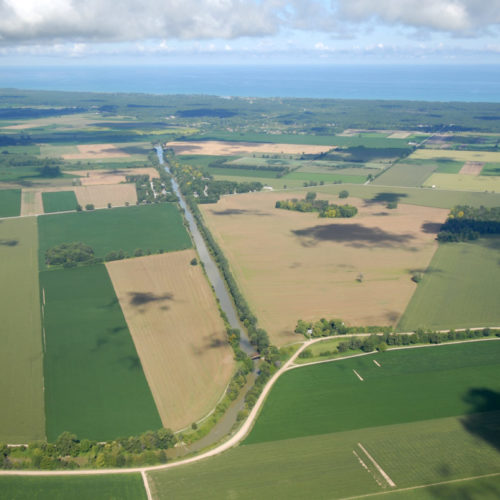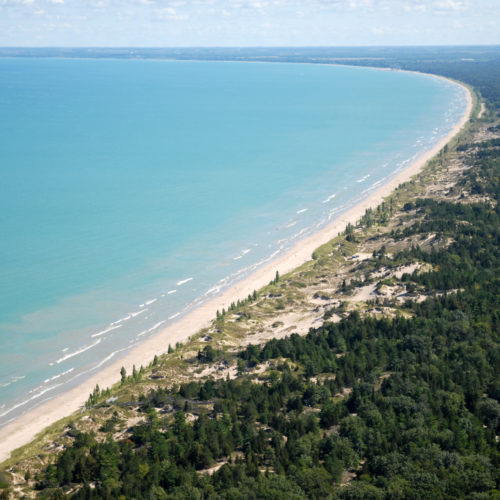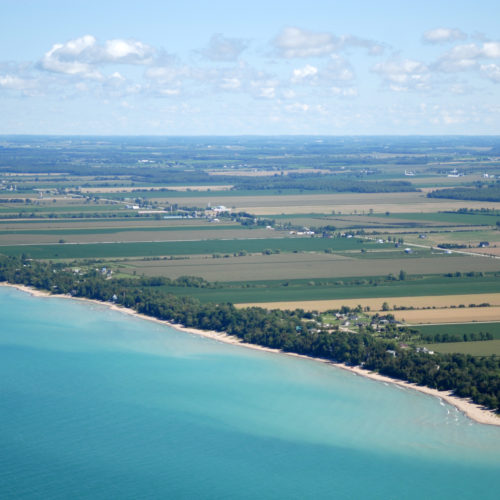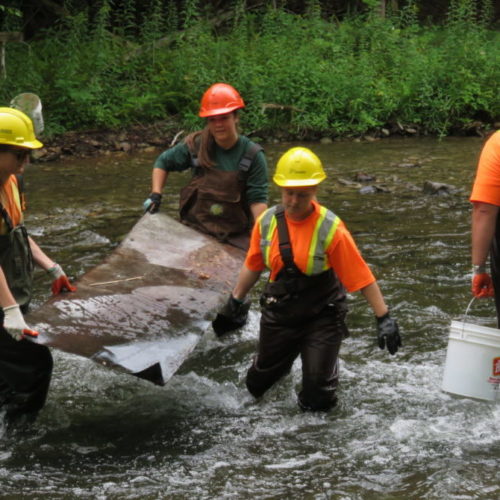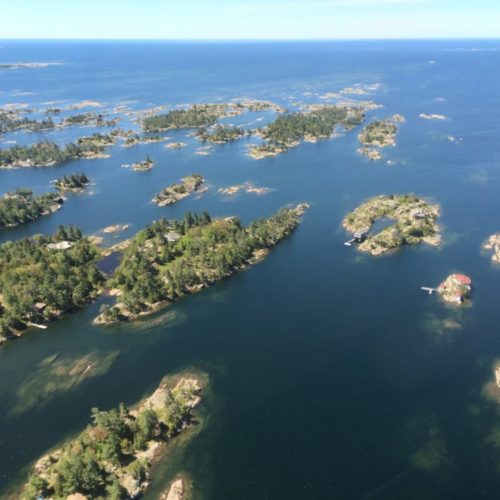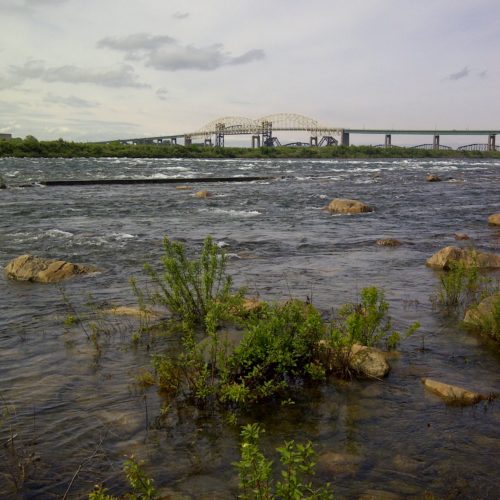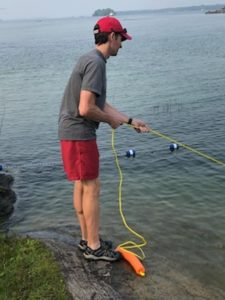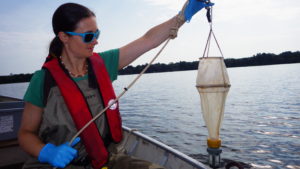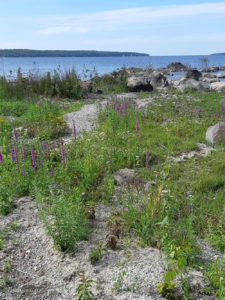SSEA conducted zooplankton and algae sampling as part of routine lake monitoring to characterize lower food webs, determine nutrient status and examine trends. Once analyses of the 40 zooplankton and 198 algae samples are complete, trends will be updated and shared with the community. To complement this monitoring, 13 lake sites were monitored by volunteers through the Shore Watch citizen science program - 157 data records were submitted detailing water quality, habitat and invasive species information. A webinar was given to volunteers on water quality conditions, including lower food webs, based on SSEA and citizen science data, and a guest speaker discussed the Lake Huron Lakewide Action and Management Plan. Citizen science data informs environmental reporting and guides stewardship priorities. This project engages the community to collect data, learn about their local environment and feel empowered to protect it, while providing valuable information for the Severn Sound watershed.
Nearest city or town: Tiny, Tay, Midland, Penetanguishene, Springwater, Oro-Medonte, Severn & Georgian Bay Township
Project start date: June 1, 2021
Project focus: Combination of Education, Restoration, and Monitoring
Project contact: Aisha Chiandet
